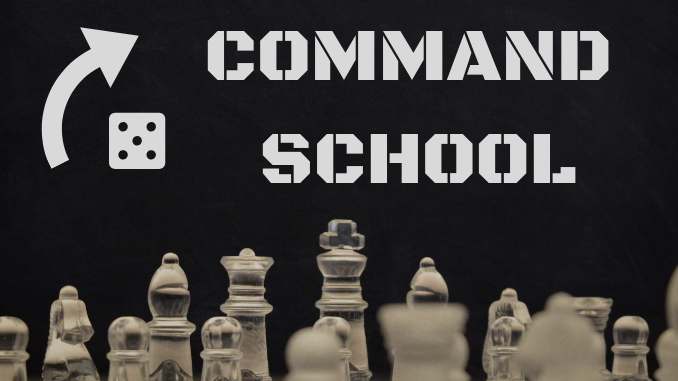
“For your friends are my friends, and my friends are your friends. The more we get together, the happier we’ll be!” – Children’s Song.
We’ve covered a fair few approaches to defense so far. I’ve recently explored spoiling attacks and defense in depth. These are some of the many options for when an aggressor comes knocking. While these are useful approaches, and there are a lot more options on that menu, the best defense is to ensure an attack never comes.
I touched on this with my intro to balancing post a few weeks back. In that post, I introduced the idea of partnering with other players to deter or balance the threat of a powerful, aggressive player. Today, I dig deeper into this topic by covering some of the details on how to use an alliance to deter aggression: through collective defense.
Collective Defense
Just what it says on the tin, collective defense refers to an arrangement in which participants commit to the defense of participants against external aggression, potentially subject to limitations such as geographic criteria or excluding cases where the so-called defending participant instigated the conflict. These limitations are meant to prevent unanticipated escalations, such as those leading up to the First World War, keeping to the intent of deterring aggression, not enabling it.
Many of these arrangements are formalized through treaties and international organizations such as the North Atlantic Treaty Organization (NATO). Others are simply bilateral between two parties, such as the treaties between South Korea or Japan and the United States. A series of bilateral alliances can have a similar effect to a broader organization, creating a series of interlocking alliances to deter actions by aggressive parties.
The key to collective defense is credibility. First and most importantly, the resolve of parties to fulfill their collective defense responsibilities must be perceived as near absolute. An aggressor may try to undermine feelings of solidarity between collective defense partners, hoping to achieve a divide and conquer strategy. Even if the parties are willing to step up to defend their partner, it is partial failure of the system if an attack ever comes due to a perception that parties will not come to the aid of each other. Secondly, while the parties may not individually be as powerful as the aggressor, collectively they must present a credible threat through a balance of power against potential aggressors. This does not have to be enough to outright defeat the aggressor but should be enough to cause enough damage to deter aggression in the first place. Forcing an attacker into a Pyrrhic victory may be enough to deter an attack.
Explanatory Example – Twilight Imperium
So, given the entire nature of collective defense requires a multipolar power system, Star Wars Rebellion is out. I’ll pick up another Fantasy Flight Games strategy board game example from an earlier article, that of Twilight Imperium.

Twilight Imperium contains a diverse array of factions for players to choose from. Each has strengths and weaknesses that suggest certain types of play. Some factions have exceptional combat abilities, while others interact advantageously with the game’s diplomacy, technology, trade, et cetera systems. These disparities in combat are often biggest in the early and mid game before tech or trade civilizations can transition into a late game steamroller strategy, to borrow from RTS terms. In these earlier sections of the game, as well as later on should an expansionist not neglect their economy, military powers can often successfully bully their less warlike competitors.
However, Twilight Imperium is a game of multipolar competition. Three to six factions vie for the vacant throne. Militarily weaker factions may wish to set aside their differences in the short term to pledge collective defense against early aggressors. A military power may be able to stand up to one opponent, but a second can easily tip the balance of power to the defenders through action economy alone. Credible defensive alliances can deter this early game bullying, thus staying alive to leverage the faction abilities of the defenders.
Conclusion and Homework
Do you have any examples of collective defense in board games? How about computer games? Please share in the comments below!
Until next time, class dismissed.
